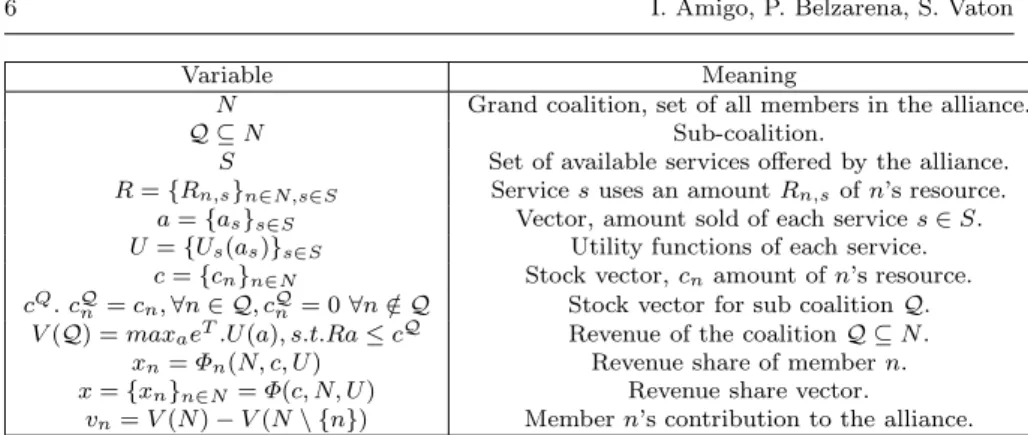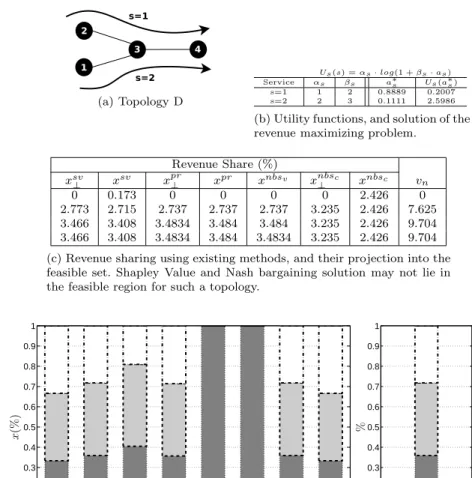Revenue Sharing in Network Utility Maximization Problems
Texte intégral
Figure




Documents relatifs
holds in R, therefore, by Tarski’s theorem, it holds also in K.. We shall show that it does not hold in the real closure L of K, and thus, with the help. of Tarski’s
(In this case one can also admit overdetermined systems of differential operators and boundary operators.) Indeed, one can argue as in Morrey-Nirenberg [1] using
Since the first decade of the century (see S. Zaremba [11]) it has been known that the problem of solving (0.1) reduces to the problem of finding the orthogonal projection of a
[r]
Moreover, we prove that if the intercept of demand is sufficiently large, then Bertrand oligopoly TU-games are convex and in addition, the Shapley value is fully determined on the
Furthermore, this basis is used to provide a new characterization of the Shapley value as the unique allocation rule satisfying the above-mentioned axiom of invariance and
(Eds.), Contributions to the Theory of Games IV. Princeton University Press, pp. Potential, value, and consistency. The average tree solution for cycle-free graph games. A
The paper is organized as follows: §2 introduces the ba- sic notation and the stability concepts considered in this paper, §3 introduces a metric on the parameter space Π, under





